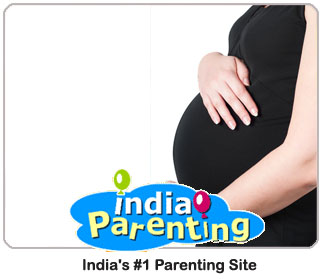 Name: saradha
Name: saradha
hi all june moms to be,
This is saradha from april board. soniya asked me a query on anterior placental position. i thought i shall share whatever i knew abt the same with all of u.
Shortly after conception, the fertilised egg, released by one of your ovaries, travels down the fallopian tube and embeds into the uterine wall (the wall of your womb). The fertilised egg' s cells multiply as it becomes an embryo and can implant itself anywhere in the wall of the uterus. As the cells multiply, the inner part develops into your baby, and the outer part eventually becomes the placenta.
When you have your second trimester ultrasound scan at around 19 or 20 weeks of pregnancy, the sonographer will be able to see where the placenta has developed and will comment on its position in your ultrasound notes. This is where the fertilised egg first embedded itself into the wall of your uterus.
The front wall of the uterus is called the anterior wall, the back wall is the posterior wall. The placenta may also be described as being ' fundal' , which is right at the top of your uterus: in other words, the top of your bump.
so soniya and other moms - u need not worry whether ur placental position is anterior or posterior - ur lil one will b very safe.
cheers
sardaha
Whether your placenta is in an anterior or posterior position does not make any difference to your pregnancy - although sometimes when the placenta is on the anterior wall of the uterus (the front wall), it can muffle the sound of your baby' s heartbeat when the midwife listens to it through an ear trumpet, also called a Pinard' s stethoscope, or a Sonicaid.
Placental position during labour may become an issue, but only if the placenta is also lying low in the uterus, and covers all or part of your cervix. This is known as placenta praevia. Otherwise, placental position makes no difference to the birth of your baby.
















